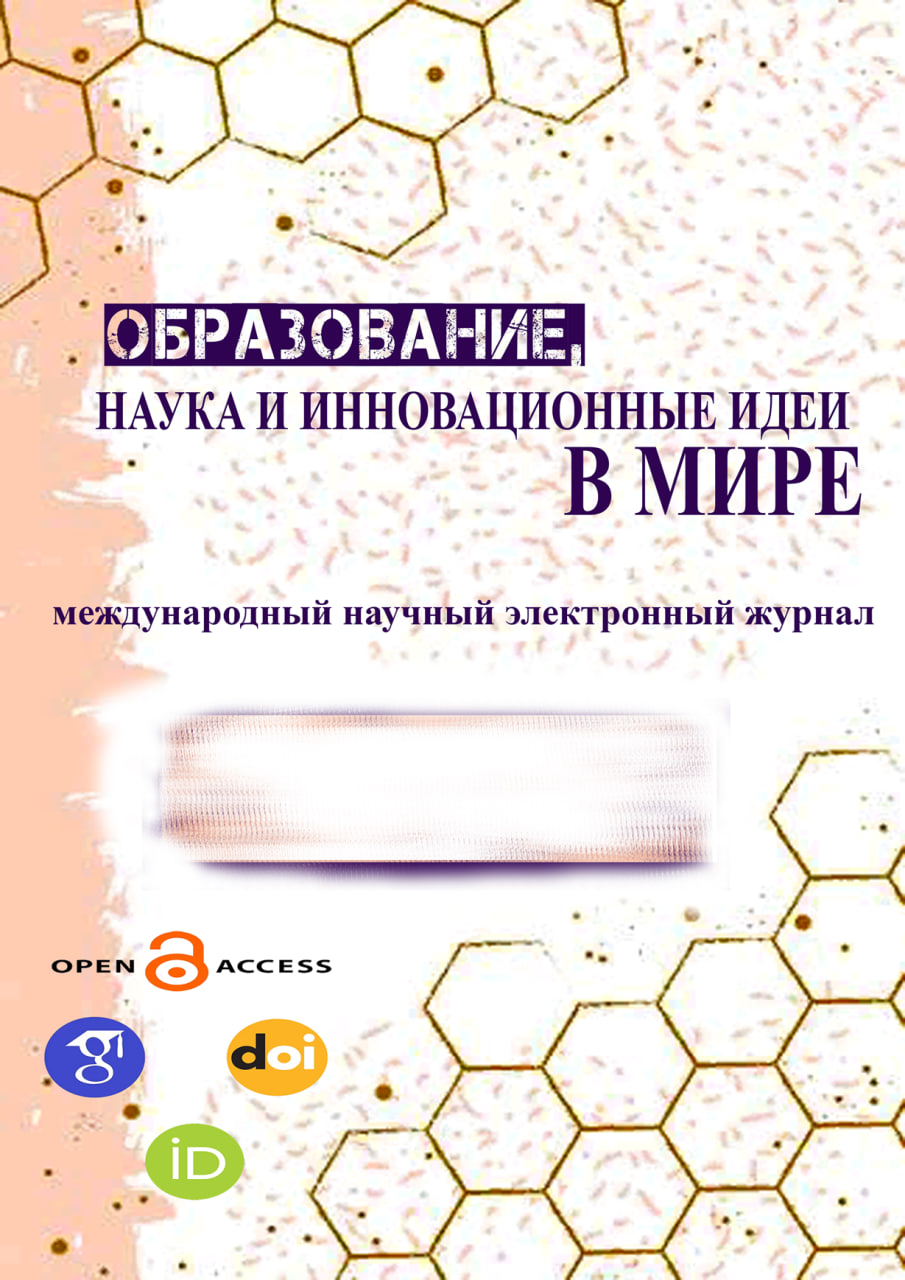TEACHING WRITING AND READING FOR YOUNG LEARNERS
##semicolon##
Keywords: Phonics, Literacy, Writing, Reading Comprehension. Introduction Teaching writing and reading is a critical aspect of early childhood education. These foundational skills not only support academic success but also build communication abilities, critical thinking, and creativity. Educators must understand the strategies that work best for young learners, given their developmental stages and learning needs.Abstrak
This article outlines key strategies for teaching writing and reading to young learners, focusing on literacy’s role in academic success, communication, and critical thinking. It covers phonics-based instruction, guided and interactive writing, phonemic awareness, and vocabulary development. The article also addresses challenges like varying student abilities and offers solutions through differentiated teaching. Tailored strategies help educators create supportive learning environments for literacy and reading comprehension development.
##submission.citations##
1. Adams, M. J. (1990). Beginning to Read: Thinking and Learning about Print. MIT Press.
2. National Reading Panel. (2000). Teaching Children to Read: An Evidence-Based Assessment of the Scientific Research Literature on Reading and its Implications for Reading Instruction. National Institute of Child Health and Human Development.
3. Tompkins, G. E. (2017). Literacy for the 21st Century: A Balanced Approach. Pearson.
4. International Literacy Association. (2018). Standards for the Preparation of Literacy Professionals 2017. International Literacy Association.
5. National Association for the Education of Young Children. (2020). Developmentally Appropriate Practice in Early Childhood Programs Serving Children from Birth through Age 8. NAEYC.
6. Pressley, M. (2006). Reading Instruction That Works: The Case for Balanced Teaching. Guilford Press.
7. Wright, J. (2011). Literacy and Learning in the Content Areas. Pearson




